by Harvey Reissig – THE GRAPE GURU – for The Finger Lakes Times
Rieslings are generally considered best consumed soon after purchase while their fresh fruity characteristics, and lively acidityare at optimum levels. However, Rieslings can be cellared for a number of years; aging can make them very complex and interesting. But, this is quite variable depending upon the winemaker, vineyard location, vineyard practices and the vintage year.
Peter Bell, winemaker at Fox Run, is particularly fond of older Rieslings. He said they can have prominent flavors of toast and honey; the fruit becomes more - subtle with flavors and aromas of peaches, nectarines and apricots.
He said sugars and acids become more integrated with the, fruit, making them fuller and richer. In drier Rieslings, citrus flavors diminish, and characteristics of mineral, smoke and petrol become more prominent.
Those that are not overtly fruity, with relatively high initial acid levels, some residual sugar (2-2.5 percent) and sealed with screwcaps or a good quality natural cork are most likely to age well.
Rieslings can be classified as “aged” after three years and many will last for at least 20 years if stored in ideal cellar conditions.
Most wineries and stores market Rieslings almost immediately after bottling and supplies often ,are quickly exhausted. It can be difficult to find older Rieslings in normal commercial outlets, but they’re available through various tastings at Finger Lakes vineyards, restaurant wine lists, or winery library collections.

Aged Reislings offered by Hermann J. Wiemer Vineyard include the Johannisberg Reisling, Dry, 2000, the Finger Lakes Ice Wine, select late harvest, 2000, and the Johannisberg Reisling, Late Harvest, 1999.
Semi-dry Rieslings
Recently, I attended a vertical tasting at Sheldrake Point winery, of semi-dry Rieslings from the 2001, ’03, ’05, ’07 and ’08 vintages, Their characteristics illustrated how complex the aging process can be. Winemaker David Breeden made all but the 2001 Vintage, using very similar techniques. All were made from estate grown grapes, on the winery’s property, so much of the variability comes from growing season conditions.
2001 Sheldrake Spring Riesling (2.3 percent RS): 2001 was a good viticultural year with warm and dry conditions but sufficient rainfall to ensure full ripeness. This wine was the least fruity of the group, with prominent notes of gravel, minerality and petrol characteristics. It was balanced with hints of honey and apricot with a rich finish of caramel or brown sugar flavors.
2003 Riesling (3 percent RS): 2003 was cool and wet with a late spring that delayed fruit formation and ripening. Sun in August and September helped grape quality at harvest. This wine had a forward fruit profile, with notes of peaches, melons, honey, clover and butterscotch. The acids were mellow; the wine was soft and rich.
2005 Riesling (2 percent RS): 2005 produced fresh, crisp white wines and bold reds. Eight days of rain prior to harvest produced some Botyris cinerea – or noble rot, a benign fungus that can produce sweeter, complex wines. The wine had a fairly closed nose with honey and peachy apricot. Sugars and acids were well integrated.
2007 Riesling (2.3 percent RS): 2007 had a lot of sun. Aromas were somewhat austere, with spicy apple and pear notes backed by herbal essence. The acidity was lively and somewhat grassy.
2008 Riesling (3.6 percent RS): In 2008, April was warm, followed by a cool; May. June and July were warm and unusually wet. September was dry, but average temperatures prevailed in the fall. Conditions were perfect for Botyris cinerea. This wine has a vibrant nose with aromas of fresh peach and honeysuckle. It finishes rich and soft.
Vertical wine tastings
Standing Stone will be holding a vertical tasting of its Rieslings from 2 to 4 p.m. July 5, featuring two vintages from the 1990s and 2005, 2006, 2007 and 2008. The cost is $20 per person. For similar opportunities, visit winery Web sites, join wine clubs,or sign up for winery e-mail lists.
Restaurant wine lists
The Village Tavern restaurant in Hammondsport has one of the most extensive collections of older Finger Lakes Rieslings in NY on its wine list. Paul Geisz, who purchased the property in 1983, has made a point of stocking the restaurant’s wine cellar with area Rieslings. Some, he said, are still vibrant and fresh, and even those that are 20 years old have a lot of life and sparkle. The Tavern’s cur rent wine list features the following older FL Rieslings: Dr. Frank, 1993, ’96, 98, 2000, ’01 and ’05; Herman Wiemer, 1994; Chateau Lafayette Reneau, ’02; Fox Run ’02, ’04; Prejean, 1997; and Heron Hill, 1998, 2000, ’01 and ’02.
Library wine collections
Usually wineries’ supplies of older vintages are limited and not available for purchase except at special events. Hermann J. Weimer Vineyard, one of the pioneer FL producers of Rieslings, has a limited older vintages available for purchase. Its current library purchase list includes dry Rieslings, from 1992-2006, Semi-dry Rieslings from 1994-2005, and late harvest Rieslings from 1994-2005.
Reissig, an entomologist at the New York State Agricultural Experiment Station in Geneva, is a wine enthusiast who has visited wineries in the Napa and Sonoma regions in California and extensively toured Finger Lakes Vineyards for 30 years. He also regularly serves on tasting panels and as a judge for wine competitions.
-Finger Lakes Times Sunday, June 21, 2009

